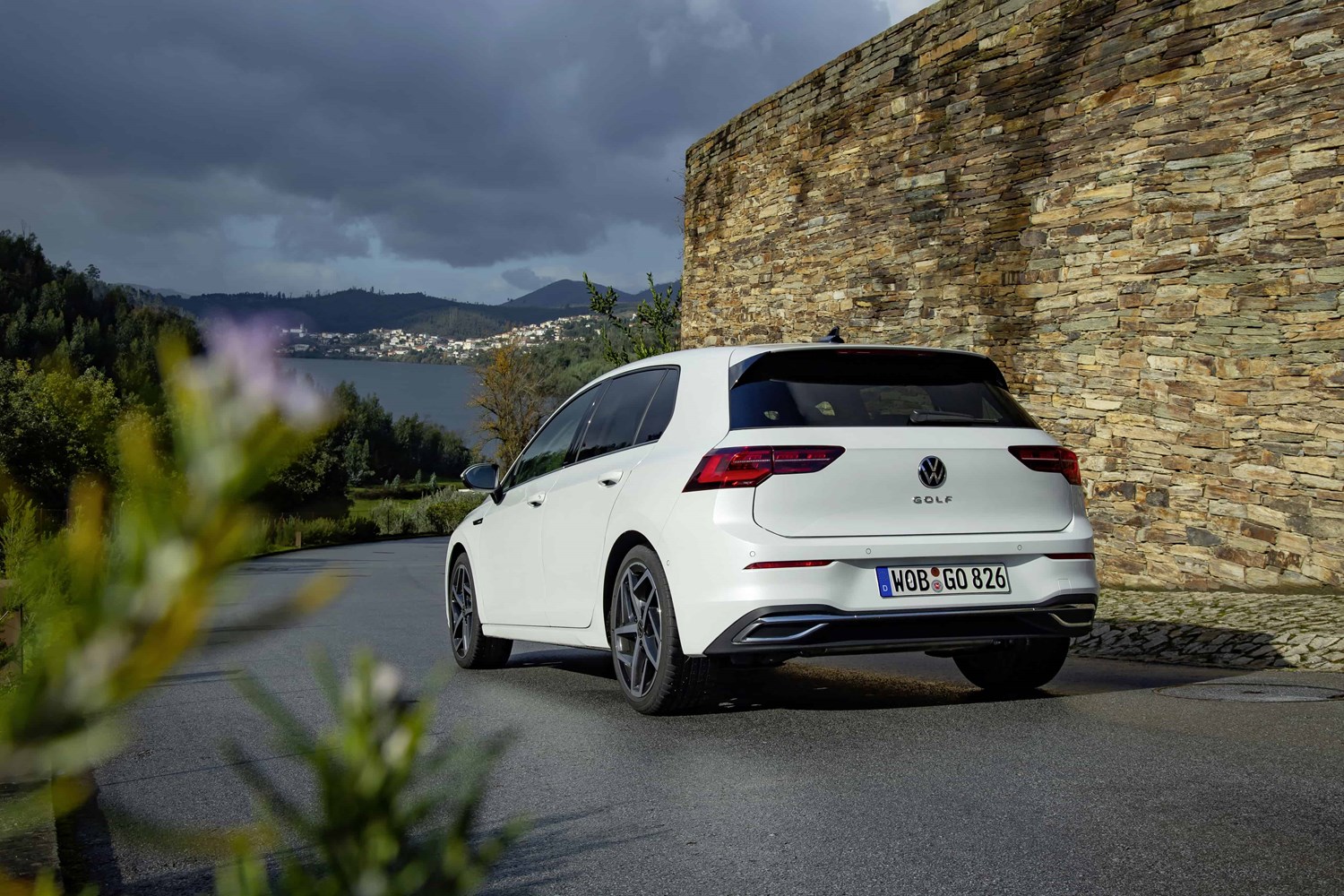Model Review
The Golf was first introduced in 1974, and we don’t suspect even Volkswagen realised what a hit it had on its hands.
Since that first-generation Golf rolled off the production line, more than 35 million have been built, with a large chunk of those going to UK buyers.
According to VW, a Golf rolls off the production line every 40 or so seconds, so it’s unsurprising that the model holds the title of Europe’s most successful car.
The first and second generations are arguably the most iconic, with their angular design and instantly recognisable rectangular grille. By 1992, the third generation had made its debut, sporting a more rounded design and elongated headlights.
The Mk4 was introduced in 1997, the Mk5 in 2003 and the Mk6 in 2008. The seventh generation has been on the market since 2012, with a facelifted model known as the Golf 7.5 arriving in 2016.
Alongside the standard models, VW has launched variants of the sporty GTI and GTD models, as well as estates, a cabriolet and even a hybrid concept car back in 1989. The last Golf also spawned all-electric models (the e-Golf) as well as a plug-in hybrid, which is known as the GTE.
Latest model
The latest eighth-generation Golf arrived at the start of 2020 and sticks to the principal this hatchback is known for – its high-quality interior and strong badge appeal. In terms of design, it’s not vastly different to its predecessor, though with the model having such a loyal following, you can see why Volkswagen wasn’t keen on changing it dramatically.
It’s more different inside, though, with the latest Golf featuring a digitalised cabin, with few real buttons. All versions come with a large 10-inch touchscreen, as well as a digital cockpit. But the tech doesn’t stop there, with the majority of controls being touch sensitive – including the lights, for example – while it’s integrated with a ‘Hey Volkswagen’ voice assistant as well.
The engine line-up has also been altered, with Volkswagen introducing new mild-hybrid technology on selected versions, which helps to drive down CO2 emissions and reduce fuel consumption. New plug-in hybrid versions will follow later in the year, along with hot GTI and GTD models, too.





